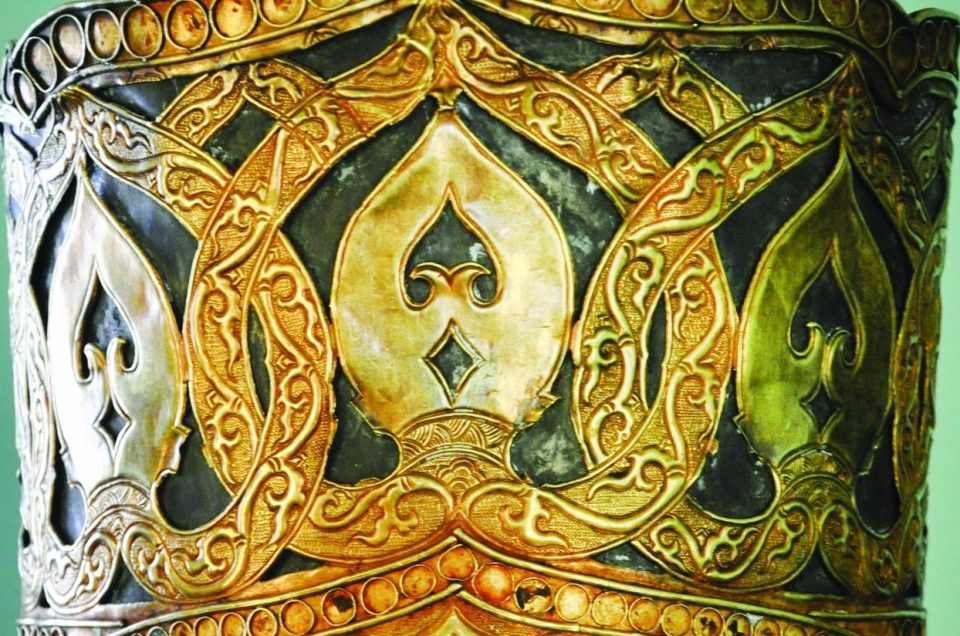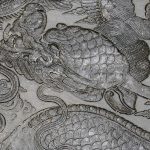Champa gold
Archaeologists have discovered many traces of gold mining by the ancient people of Champa. Gold mines in Central Vietnam, once owned by the Champa kingdom, provided large amounts of gold to supply their royal dynasties. The Quang Nam area was home to the capital and holy land of the Champa people, who left famous relics like Tra Kieu, My Son, Dong Duong, etc. This area used to have large gold reserves with gold mines like Bong Mieu and alluvial gold scattered in many places. The Champa people had been mining gold long before the Vietnamese arrived.

At the Bong Mieu Gold Mine (Phu Ninh, Quang Nam), there is a rock field that locals call “the Cham rock field”. Under Ham Ho Stream lie boulders with round and oval depressions on their surface. This is where the ancients brought the raw ore mined in the mountains to pan for gold. They placed gold-bearing rocks from Bong Mieu into a mortar at the top of the waterfall to pound and grind into ore, then brought this to a trough halfway down the waterfall. The water washed away more rocks and finally carried the gold to the pool at Ham Ho, where the stream flows more gently and filtered out the heavier gold.

Locals still stumble upon gold treasures made by Champa people. These items are also discovered in archaeological excavations. In Central Vietnam, people often find gold artefacts including jewelry, banana bunches, statues, etc. A Shiva head statue in the Quang Nam Museum was recognized as a National Treasure in 2016. Made of gold, this artifact weighs 0.58kg. Discovered by local residents, this statue represents the head of Shiva and was originally part of a Kosa-linga. According to researchers, at least nine Champa Kosa-lingas of this type (most of which have only the Shiva head remaining) are currently located overseas.

In Quang Ngai province, archaeologists have discovered gold artefacts at many sites, such as Mo Duc, Tay Tra, etc. Meticulously crafted, these artifacts reveal their creators’ advanced techniques in casting and metalworking. In 2021, a collection of 15 items of Champa gold jewelry belonging to the Quang Ngai Museum was recognized as a National Treasure.

In the early 20th century, French archaeologists like Henry Parmentier and Charles Carpeaux unearthed many gold artefacts in Cham ruins and cultural sites in Vietnam. In a letter dated August 21, 1903, Charles Carpeaux recounted that a terracotta jar was found behind C7 tower in the My Son ruins after heavy rains. Inside the jar were crowns, necklaces, bracelets, and anklets made of finely carved gold inlaid with raw gemstones. These jewelry items were meant to adorn a statue of the deity Shiva in My Son. At the same time, the archaeologists discovered a sandstone statue of Shiva dating back to the 8th or 9th century at the C7 temple of My Son, next to C1 temple. This statue wore a set of gold jewelry.

In February 1906, during large-scale archaeological excavations at Ponagar Tower (Khanh Hoa province), Henry Parmentier made two discoveries of valuables belonging to the Cham people, including many gold artefacts like rings and bracelets. This revealed where these priceless jewels came from as the Cham people used them to beautify their gods during rituals.





